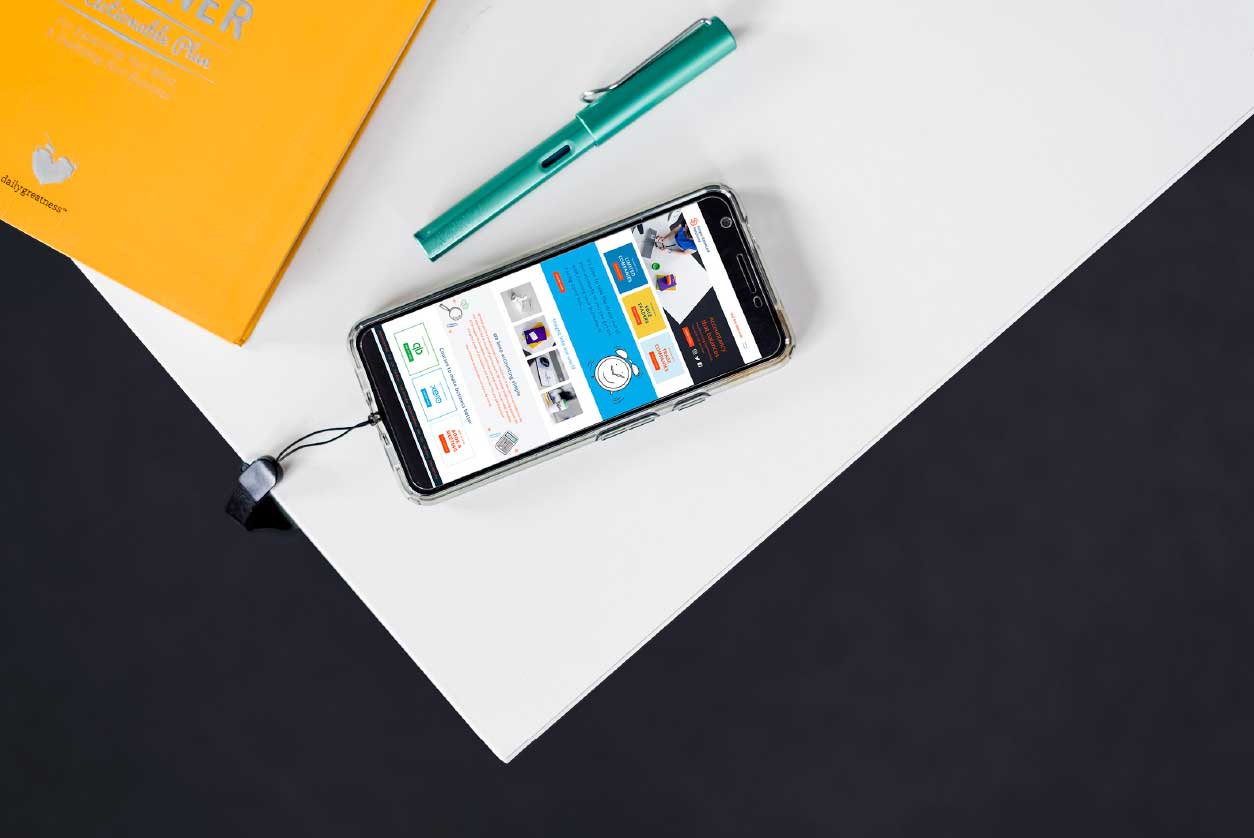Motor expenses you can claim if you are self-employed

If you’re self-employed and use your own car to make business journeys, then you can claim expenses to help reduce your tax bill.
Unfortunately like a lot of things to do with HMRC, it can be complicated.
But don’t worry, we’re here to help!
Let’s get started.
When are motor expenses classified as “allowable expenses”?
An expense is allowed as a deduction only if it is “wholly and exclusively” for business purposes.
This means a journey to a temporary work place (e.g., to a client’s premises) can be claimed, but it doesn’t include:
• Normal travel from home to work
• Private travel
• Mixed journeys: e.g., if you go to the supermarket for your weekly shop and happen to pick up some stationery for work, you can’t claim this.
Calculating motor expenses
There are two ways of working out motor expenses if you’re self-employed (assuming that you own your car):
1) The Mileage Method: A fixed-rate for each mile travelled on business – these are fixed rates set by HMRC that you claim to cover all expenses related to your vehicle.
2) The Actual Cost Method: Actual expenses using detailed records – this allows you to claim the proportion of all motor expenses that relate to your business.
Let’s take a look at each in more detail.
The mileage method
You can only use the mileage method if you meet the following criteria:
• You don’t claim any other costs for running that car (e.g., insurance, MOT, servicing etc).
• You use HMRC’s AMAP (Approved Mileage Allowance payments) rate that applies to the vehicle you are claiming for. This could be a car, van or motorbike. You can’t claim a penny more.
• Once you have decided to use this method, you must carry on until you change car.
The full-cost method
If you’re not eligible to use the mileage method, then you can use the alternative full-cost method.
To do this, you must keep a record of everything you spend on your vehicle through the year (e.g., petrol, tyres, MOT etc), and work out the proportion of the costs that relate to the business use. You may also be able to claim capital allowances on the business proportion of the initial cost of the vehicle.
How do I work out the business proportion?
Keep a log of all journeys. There are lots of apps you can use to make it easier – QuickBooks Online has one built in!
When it’s time to do your accounts, work out how many of the miles were business related, and this will give you the proportion of your total motor expenses that you can claim.
For example, in January you drove 600 miles and 300 of them were for business. You can claim 50% of any vehicle expenses and petrol that month.
The mileage method sounds so much easier, why wouldn’t I use that?
The mileage rates from HRMC are one size fits all, so if you have a gas guzzling vehicle that’s a bit older and needs repairs, then you might be better to use the full-cost method.
Top tip:
Remember to keep mileage records even if you don’t think you do many miles – those trips to the post office can add up, and its worth claiming them to reduce your tax bill.
Need advice on the best method for you? Get in touch! We’re here to help.
SAY HELLO
t 023 9200 6466
office Address: 18 New Road, Clanfield, PO8 0NS

